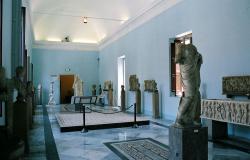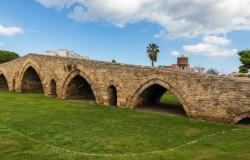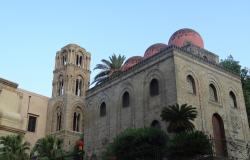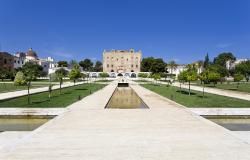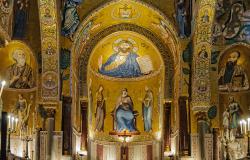Monument: Greek Theatre of Syracuse
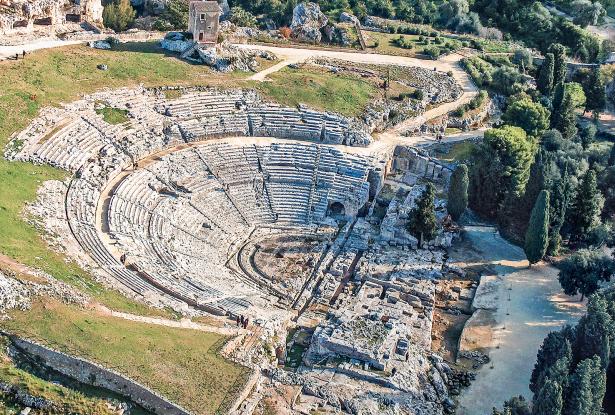
The Greek theatre of Syracuse lies on the south slopes of the Temenite hill, overlooking the modern city of Syracuse in southeastern Sicily. It was first built in the 5th century BC, rebuilt in the 3rd century BC and renovated again in the Roman period. Today, it is a part of the Unesco World Heritage Site of "Syracuse and the Rocky Necropolis of Pantalica".
In 1914, the Istituto Nazionale del Dramma Antico (INDA) began the annual performance of Greek drama in the ancient theatre (the first was the tragedy Agamemnon of Aeschylus, directed by Ettore Romagnoli). The ancient Greek tragedies are performed at sunset, in Italian (with translations by famous writers such as Salvatore Quasimodo), without sound systems because of the quality of the theatre's acoustics. Each theatre season begins in May and ends in July, attracting thousands of spectators from all over the world. Some of the most illustrious performed tragedies are Antigone, Oedipus Rex, Electra, Medea and The Bacchae. Aside from this, the theatre has enjoyed use for concerts and official prizegivings, like the Premio Vittorini, but such use has been tightly limited for conservation reasons.
Teatro Greco di Siracusa
Viale Paradiso
96010 Siracusa SR
Italy
